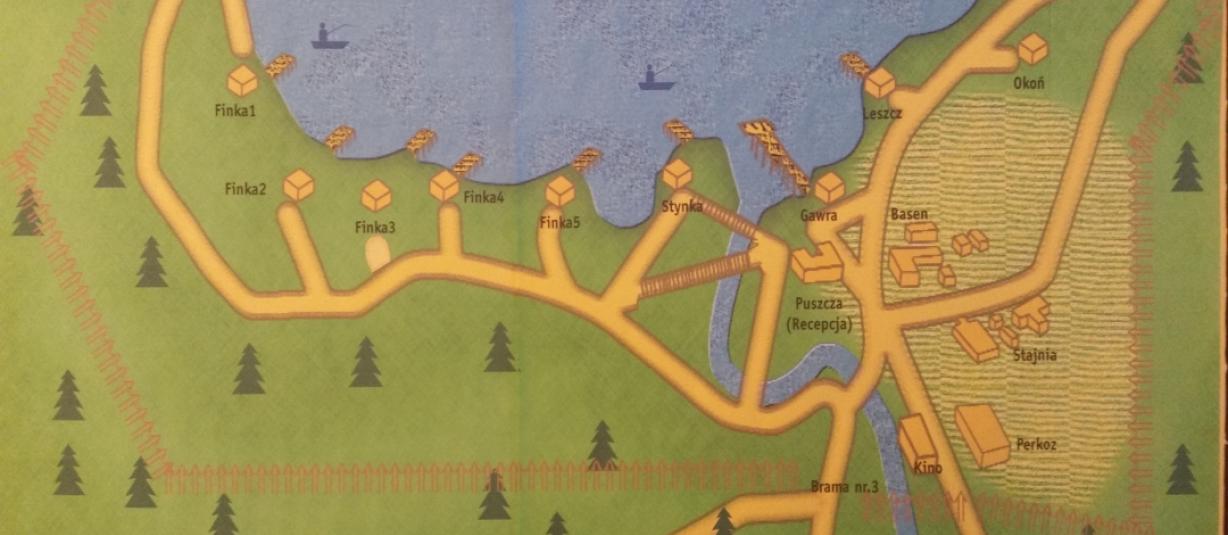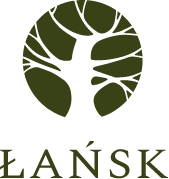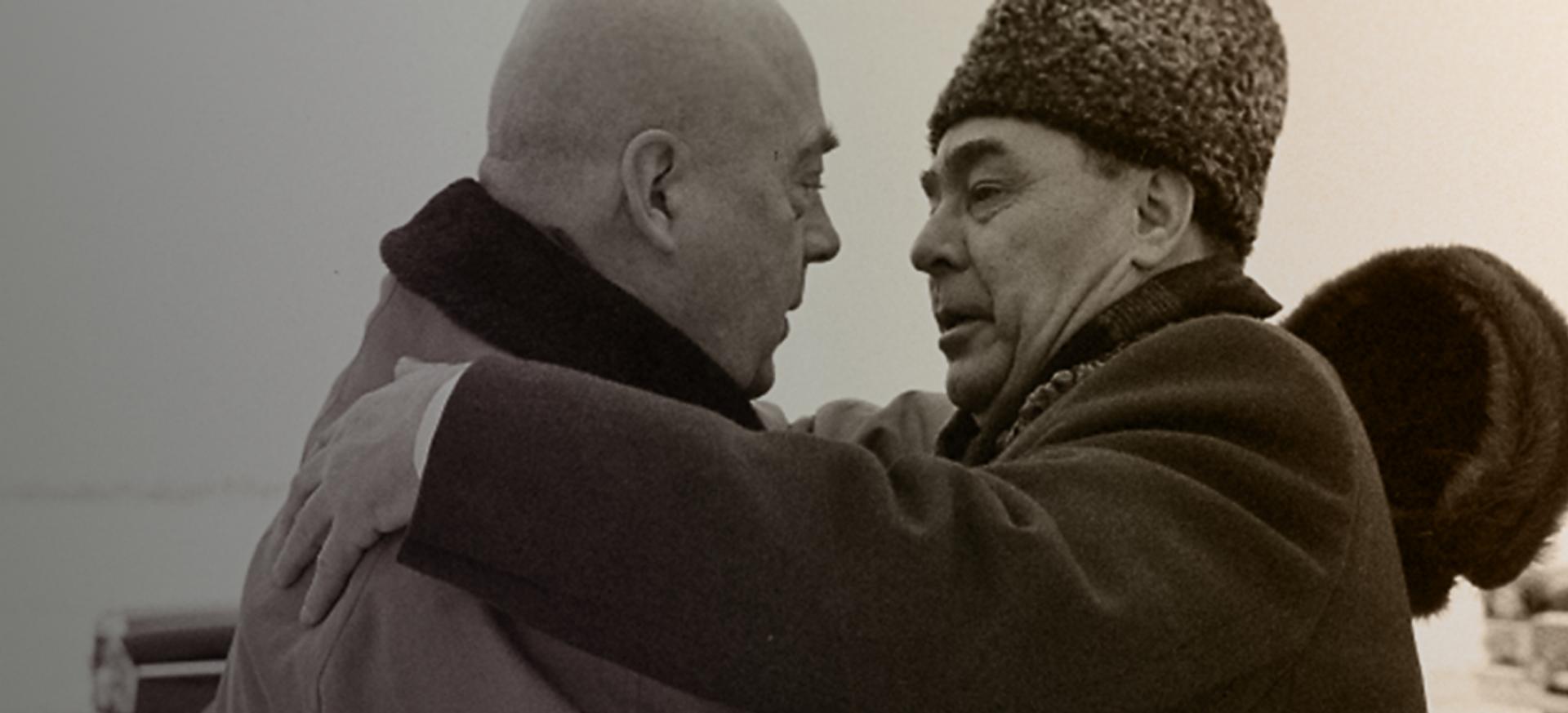
History of Łańsk
The center in Łańsk has a rich history before and after the war. There was a forester's lodge in the place of today's forest building before the First World War. Field Marshal Paul von Hindenburg hunted here. Later, before the Second World War, Hermann Goering, a Nazi and a Luftwaffe commander, came here to hunt.

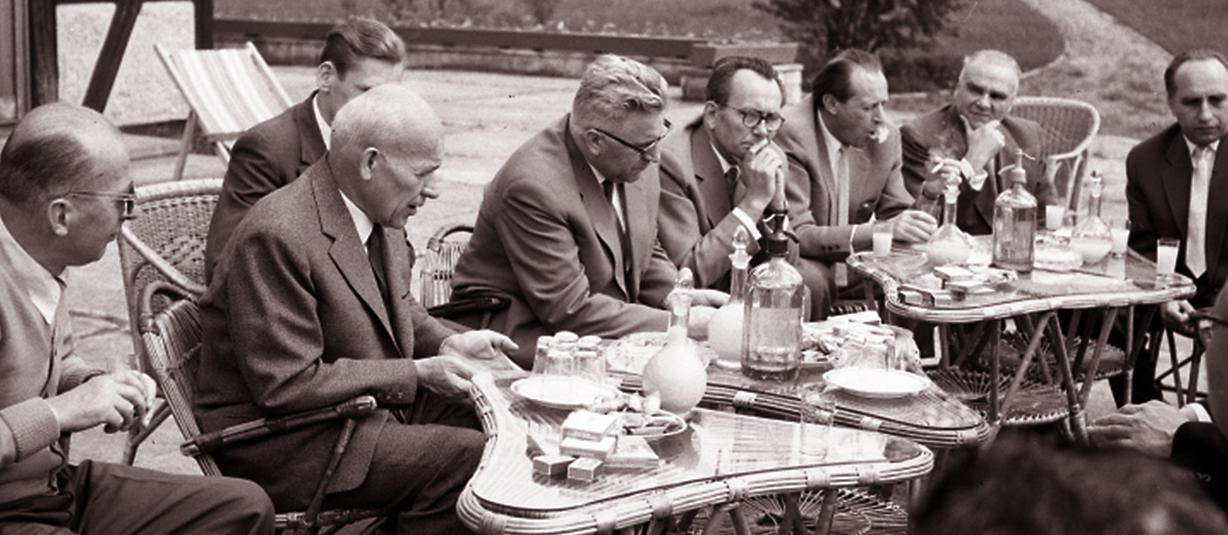
From the 1950s, Łańsk was the territory of the Office of the Council of Ministers, inaccessible to anyone except the highest state officials, the army and service. Łańsk was codenamed W-1, while the code name W-2 was carried by the government center in Arłamów. From 1952, Bolesław Bierut often rested in Łańsk and decided to expand the facility. Over the following years, the center was visited by many of the then leaders: Władysław Gomułka, Józef Cyrankiewicz, and Edward Gierek.
The area of the center covered thousands of hectares, was fenced and closely guarded. Completely wooded, it abounded in game, so wild boar, deer and even wolf hunts were organized here. Hunting often ended with parties with a limited group of invited guests. Only party and government officials had access to the closely guarded center.
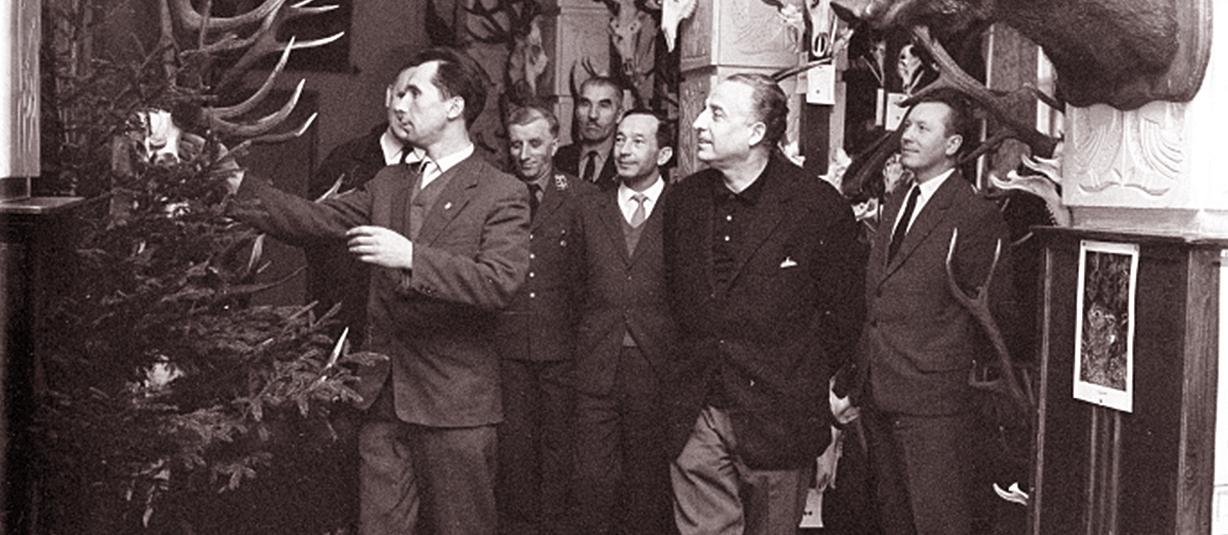
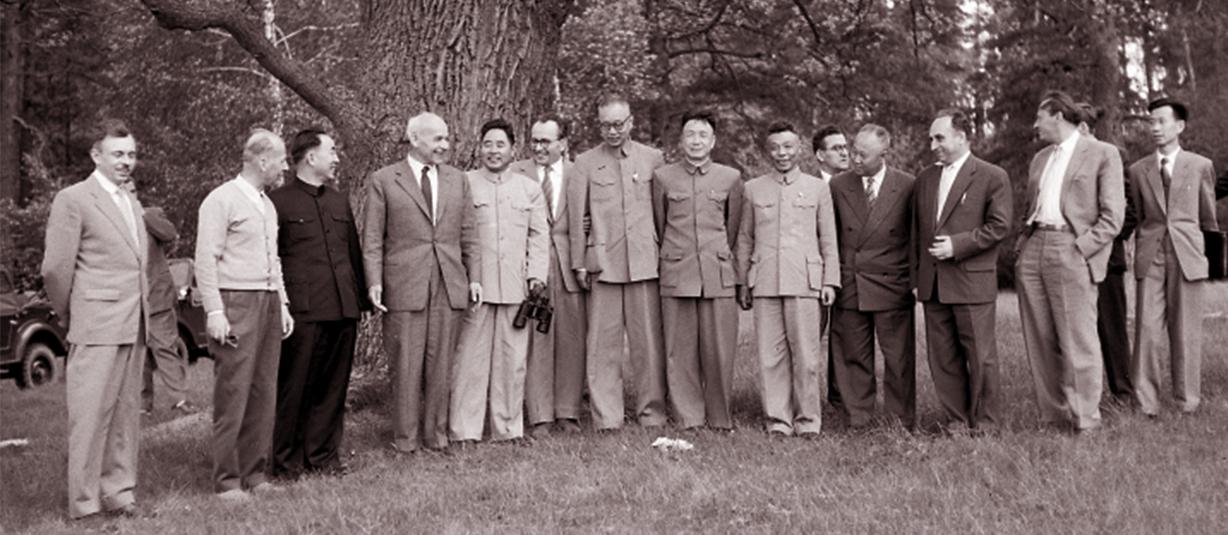
The leisure complex hosted the leaders of the former Eastern Bloc, presidents and crowned heads. At the invitation of the Polish hosts of Łańsk, they rested here, incl. Nikita Khrushchev and Leonid Brezhnev, Fidel Castro from Cuba, Chou-En-La from China, Shah of Iran Mohammad Reza Pahlavi, Erich Honecker, President of Yugoslavia Josip Broz Tito and King of the Belgians Baldwin I Koburg.
The author of the presented photos is Wacław Kapusto, Polish photographer and photojournalist, author of many exhibitions in Poland and abroad, photo albums, illustrations for publications, photo documentation of important political and cultural events. Four times until he had the opportunity to photograph communist notables in the government center in Łańsk.

TVP Historia, 2013-05-26. In the 1920s, Łańsk was a small forest settlement located on the lake from which it took its name. In the 1950s, the then state authorities noticed the values of the natural environment of this area and arranged a residence for the most important government notables in a charming half-timbered building. The program presents talks, among others with the people who worked in the mansion. We can learn from it why the staff could not tell even their closest family where they work and what they do, and see how the authorities played at that time.
